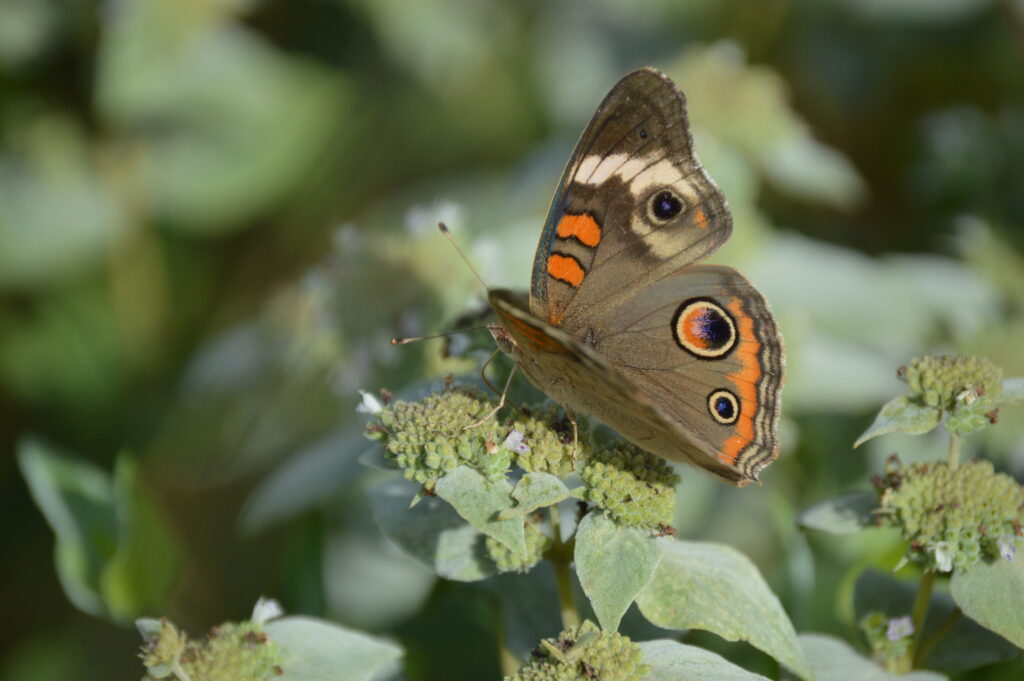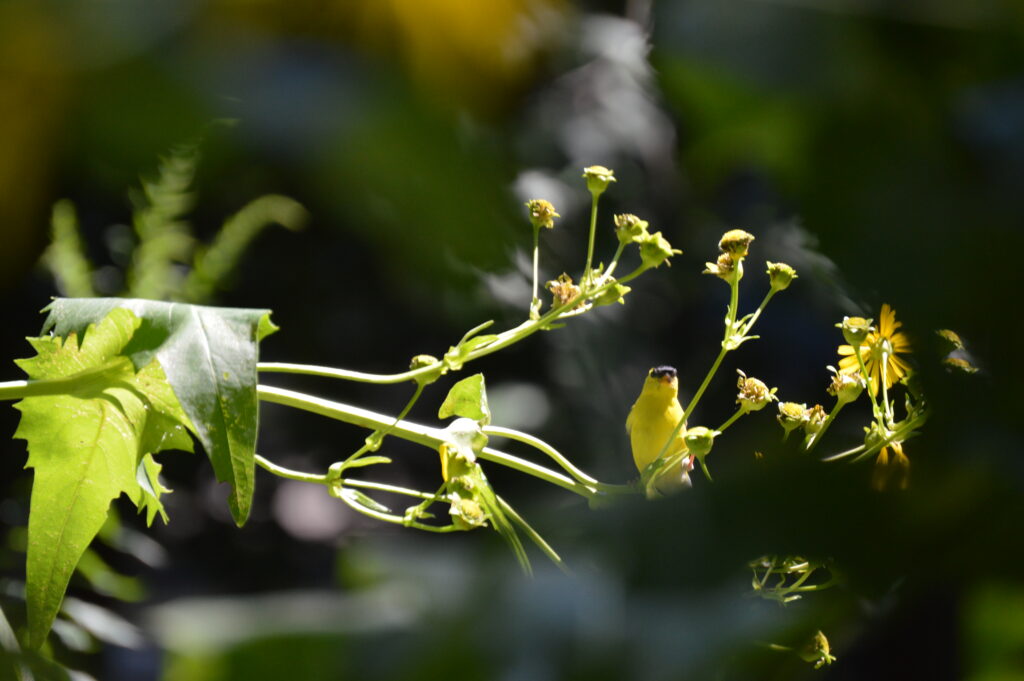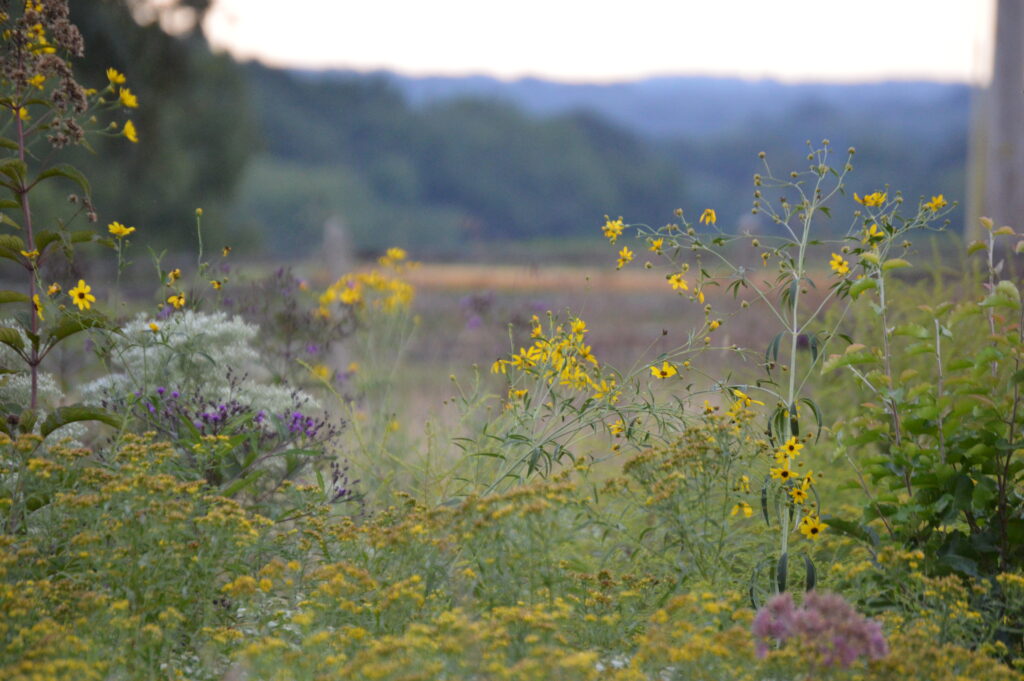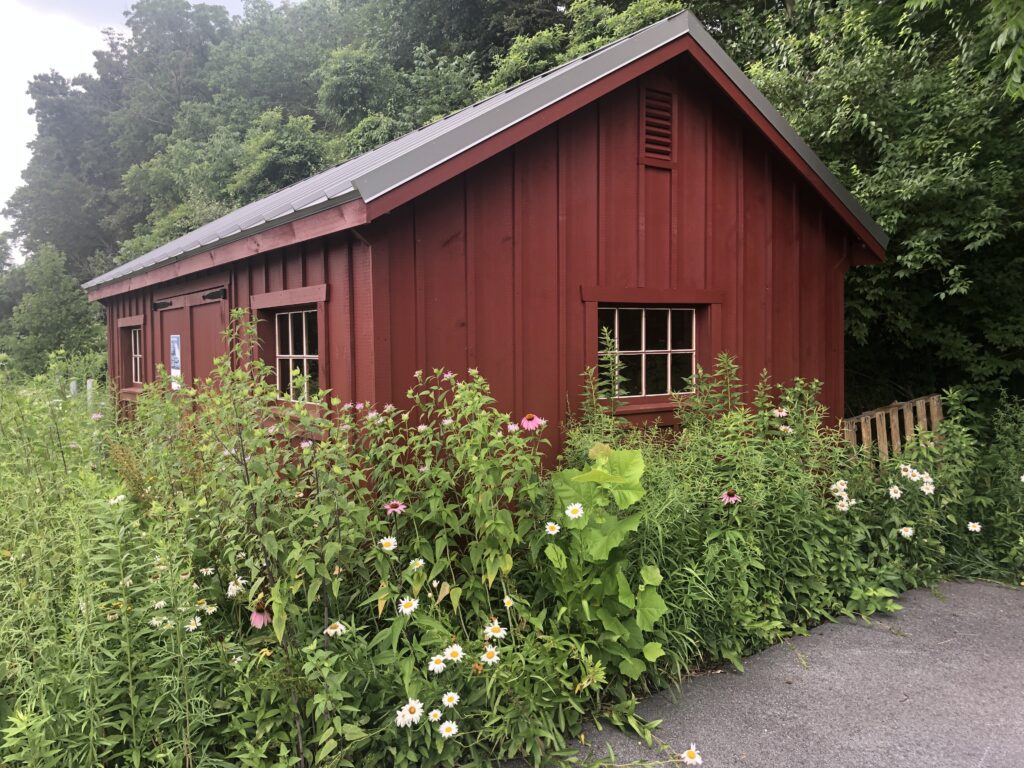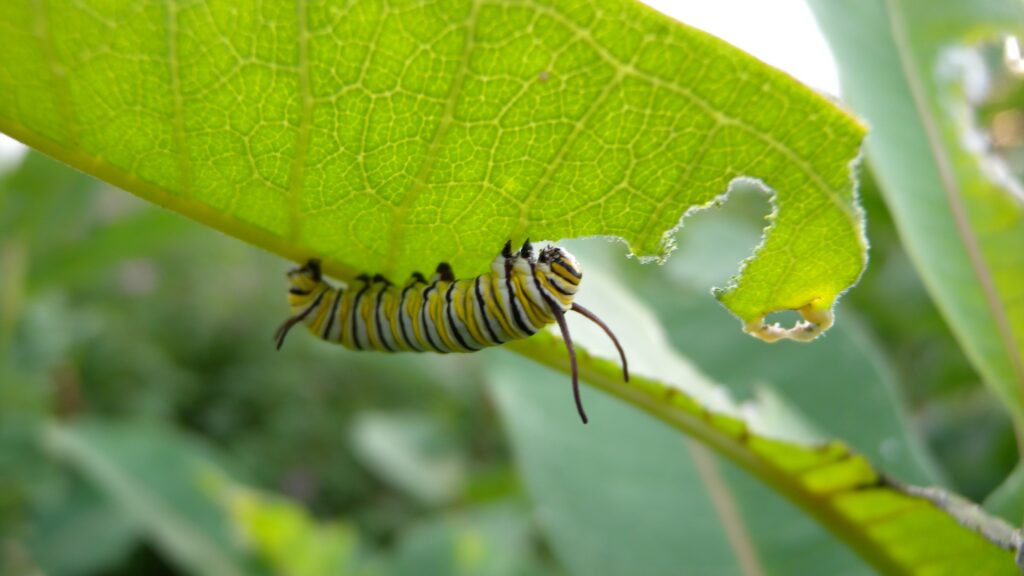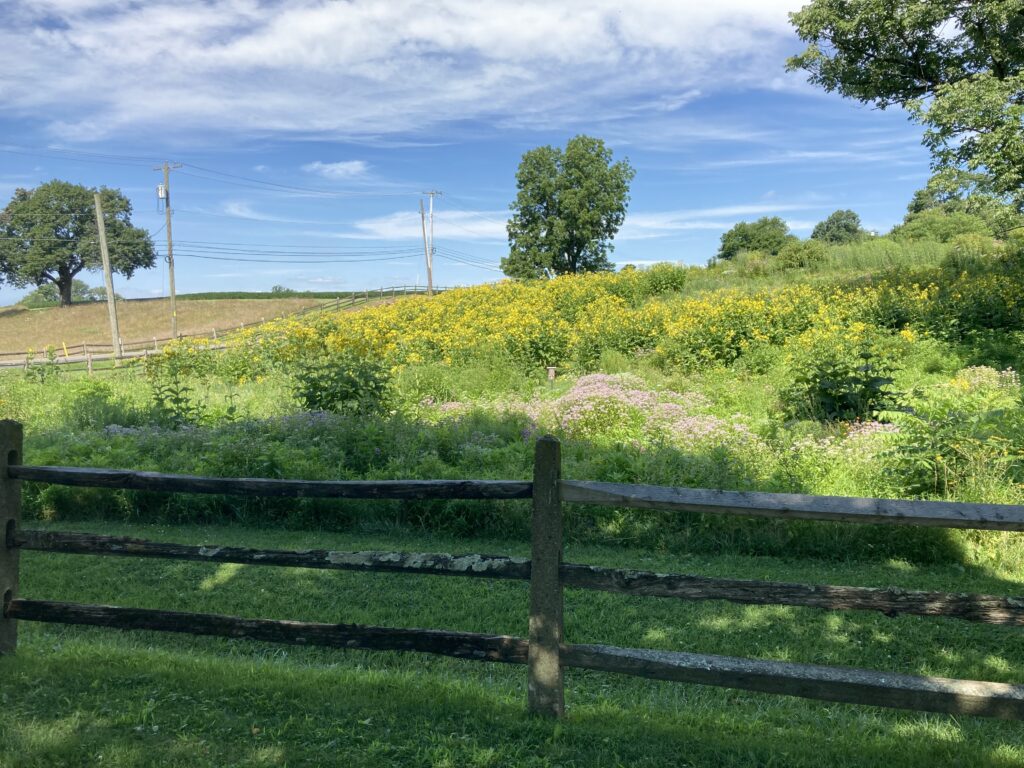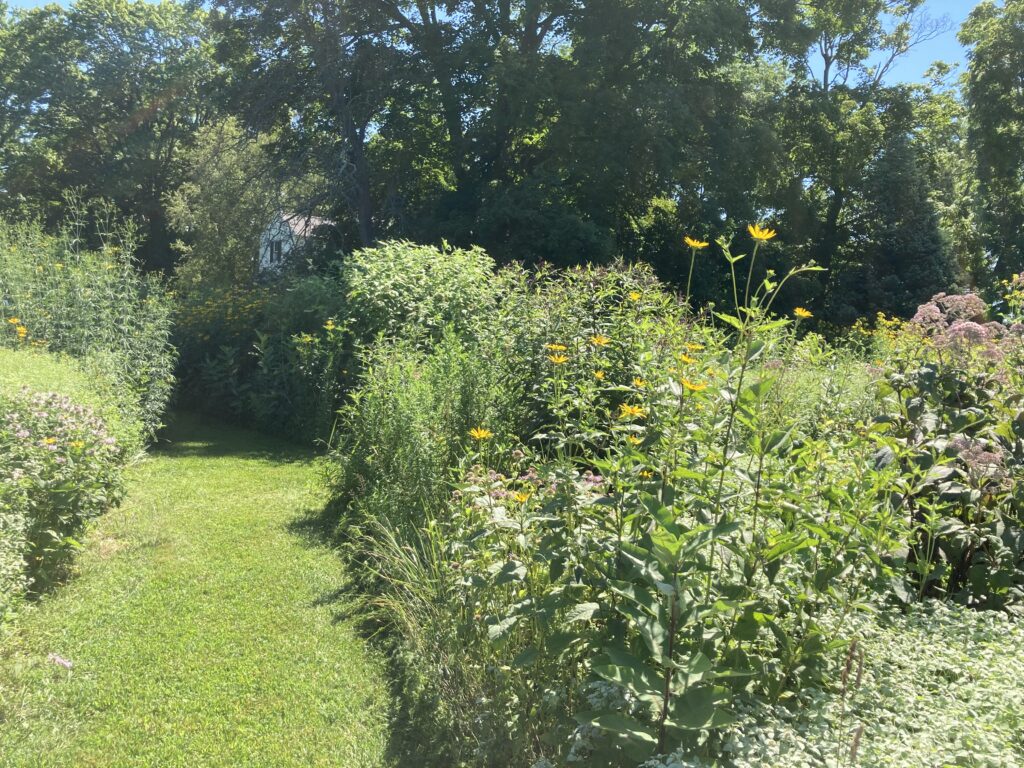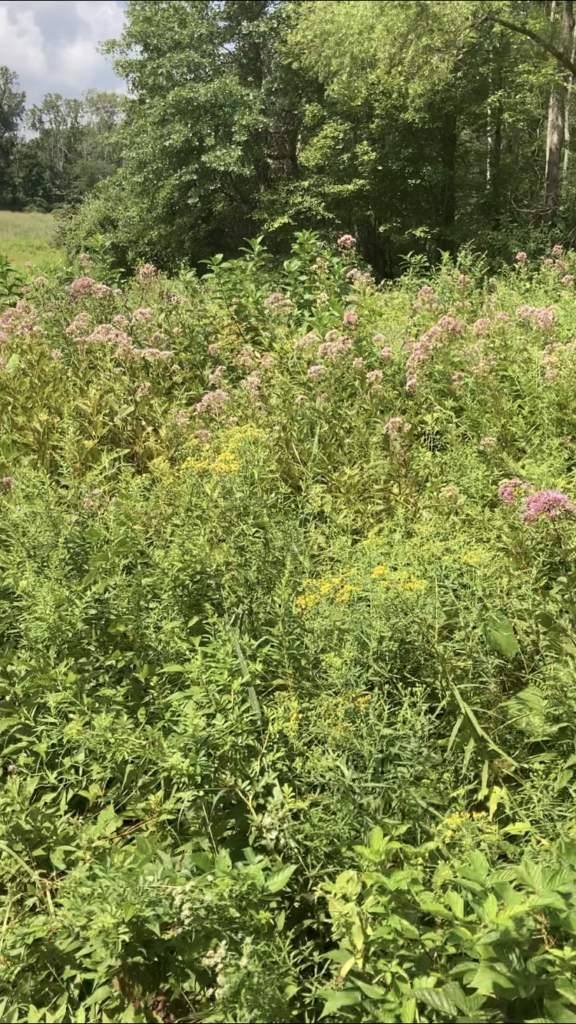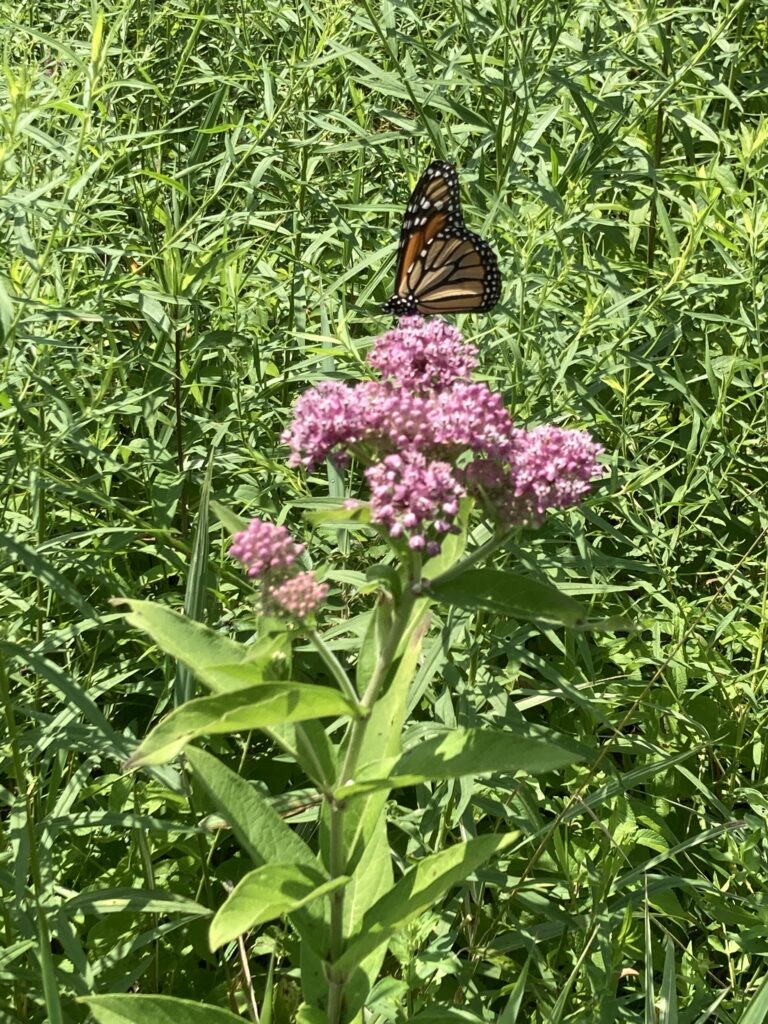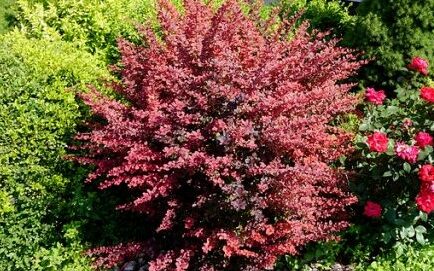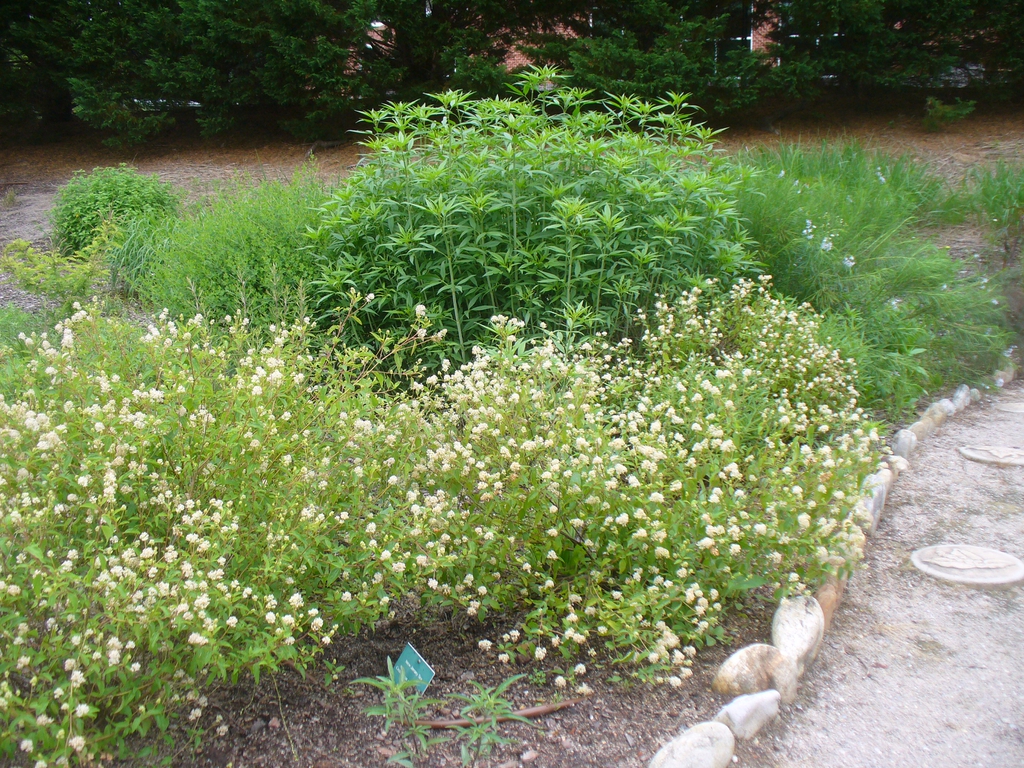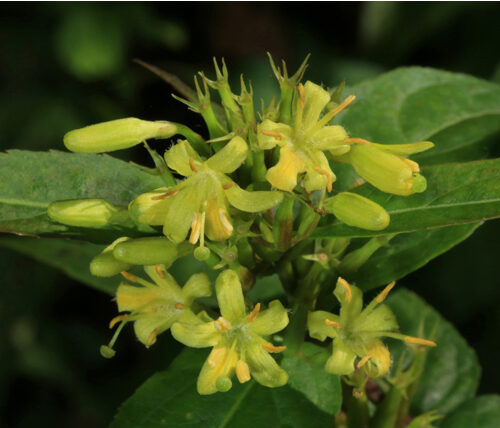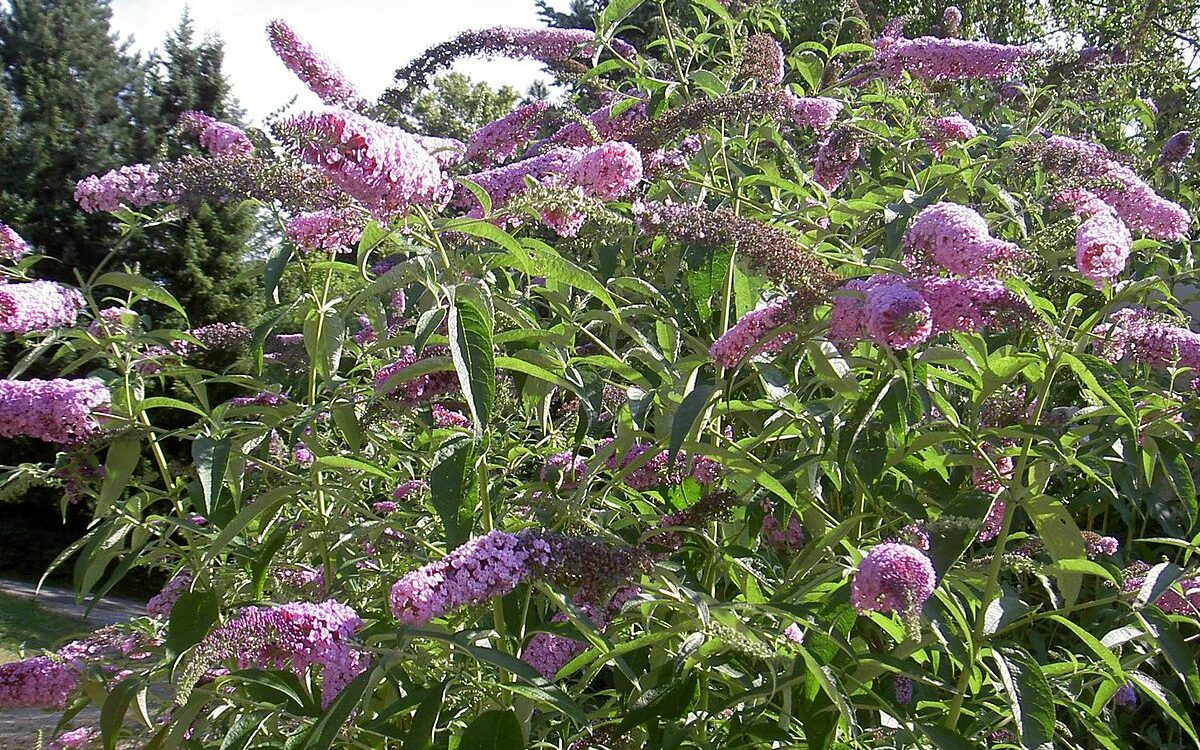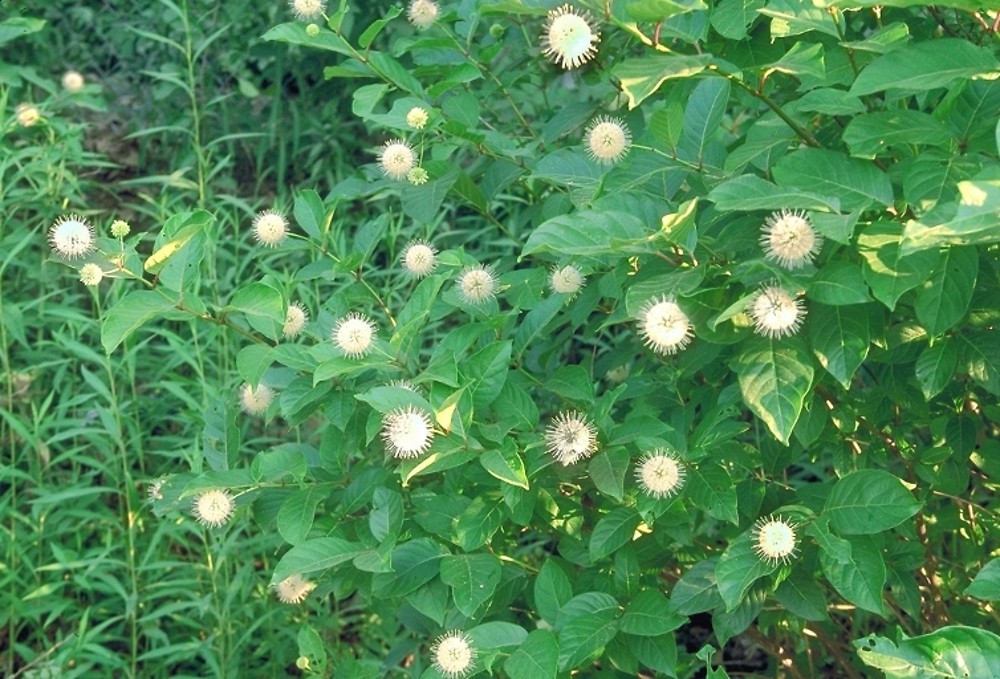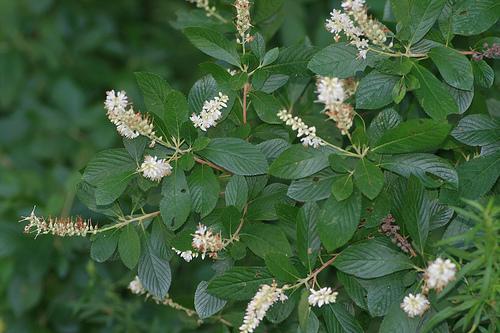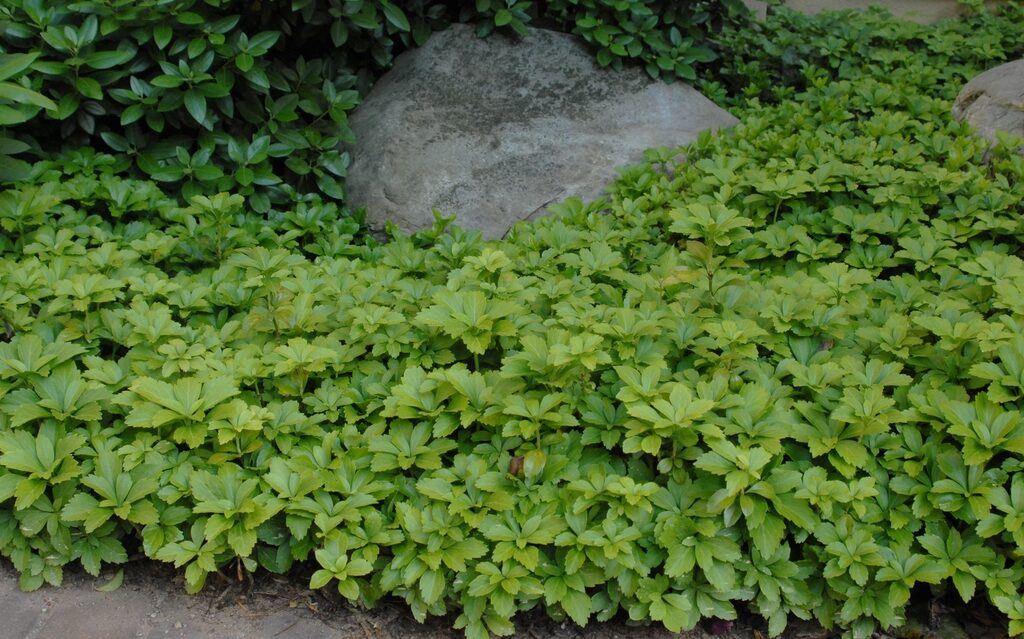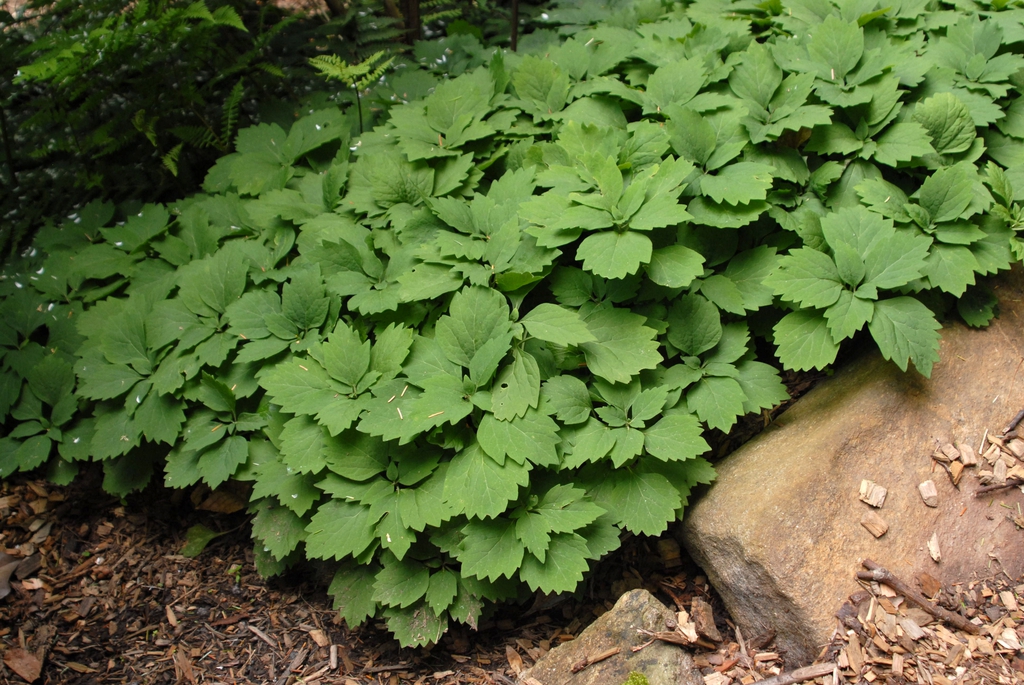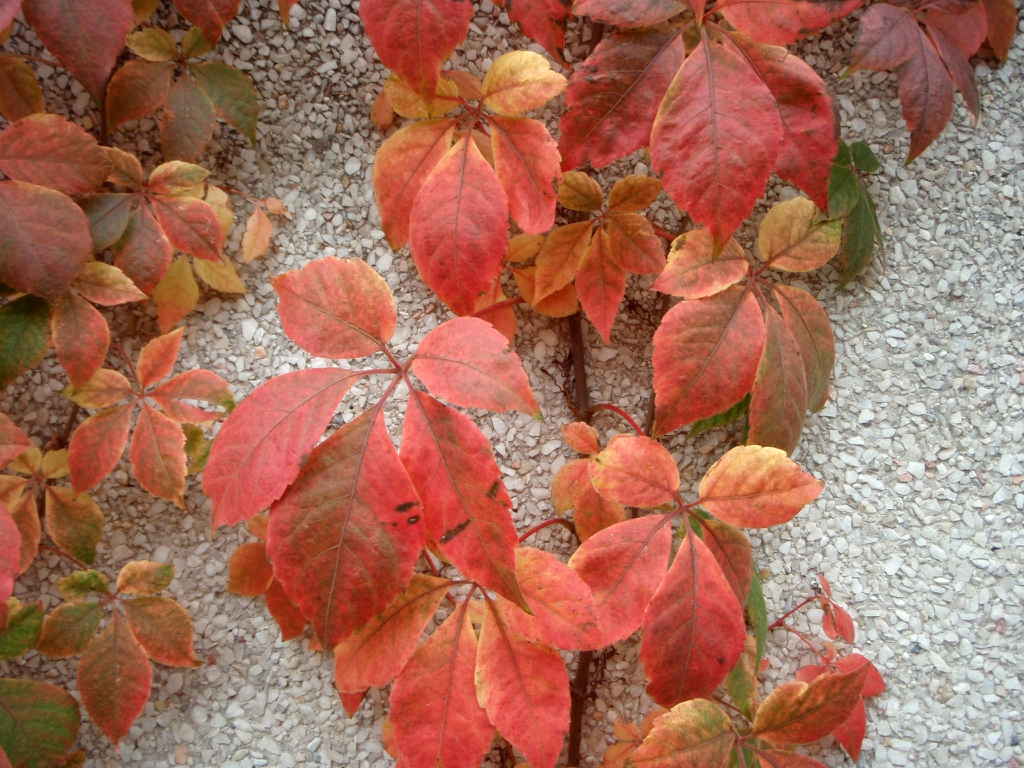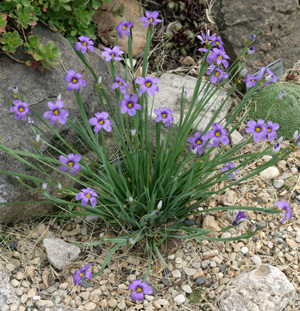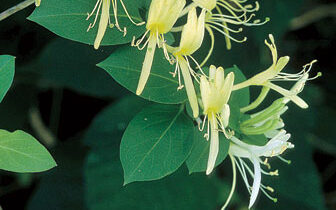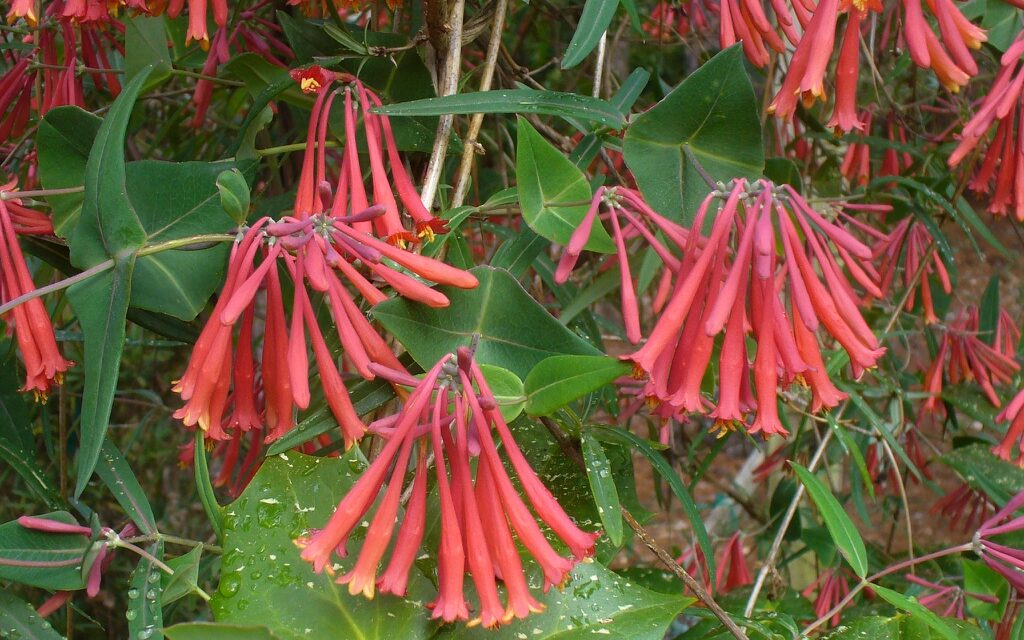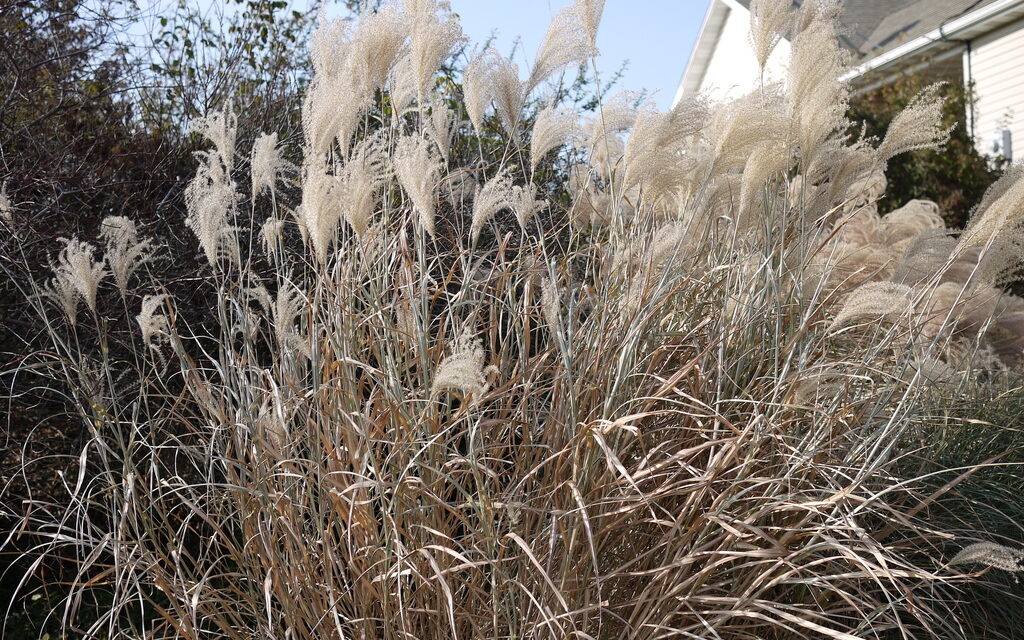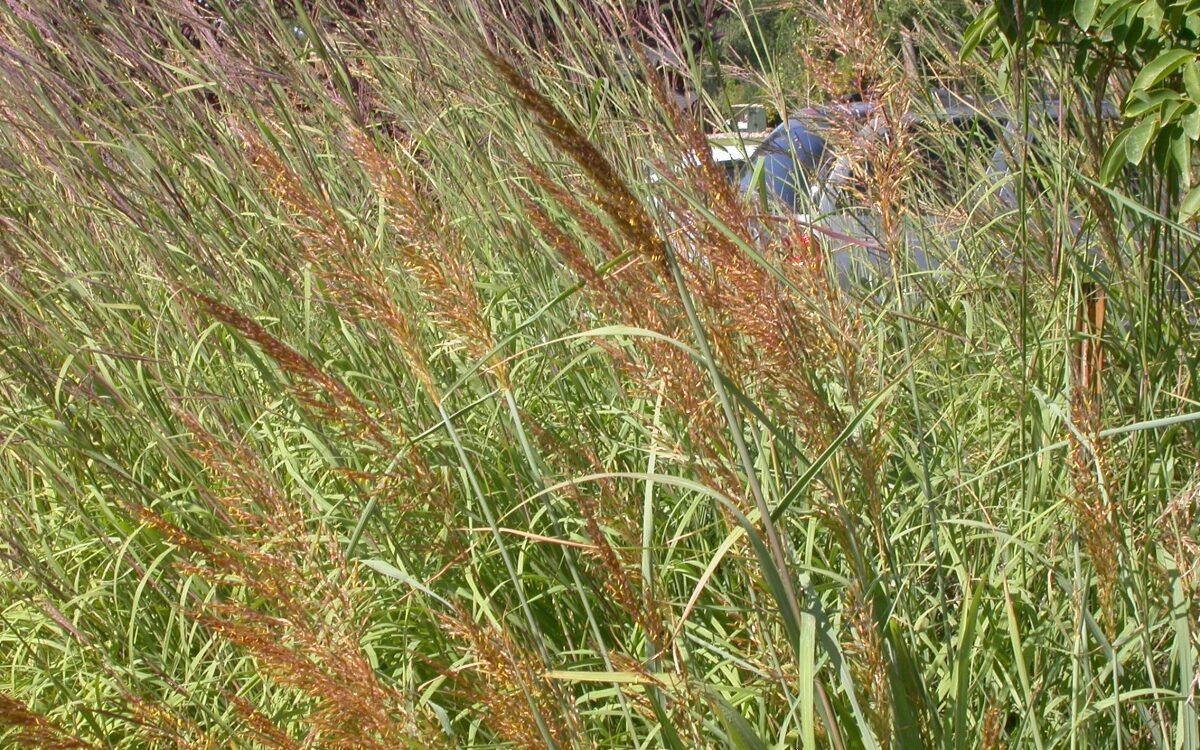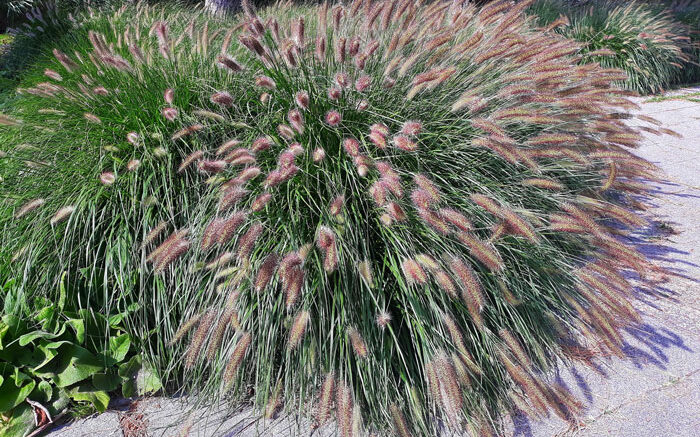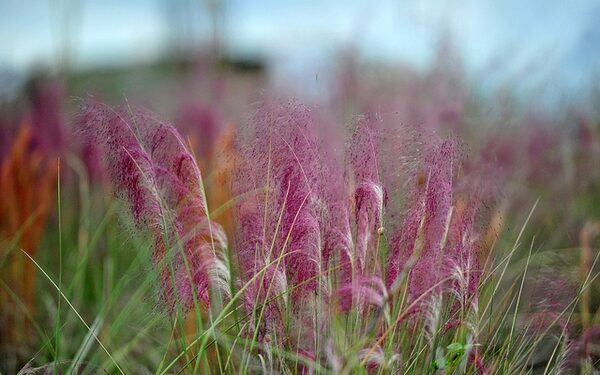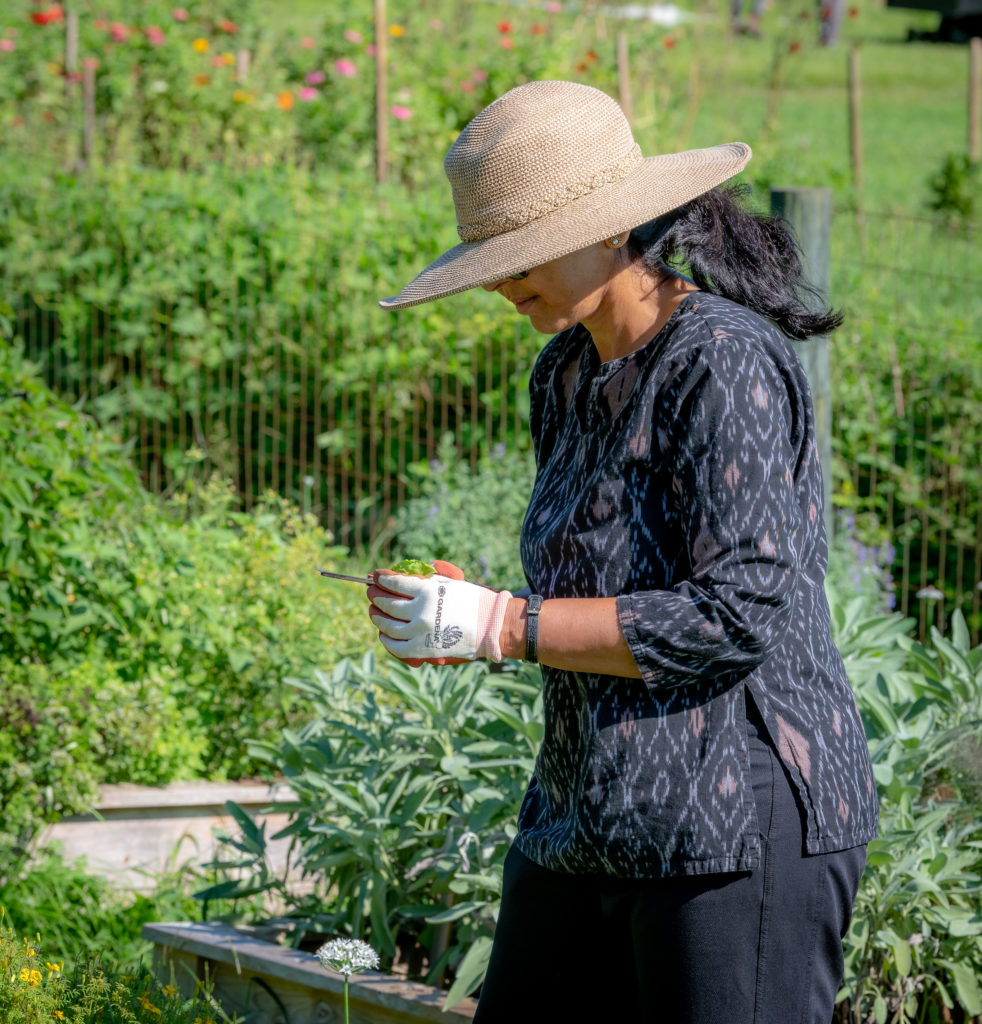By Monica McQuail, Willistown Conservation Trust Communications Specialist
Photos by Blake Goll, Willistown Conservation Trust Education Programs Manager
With the arrival of March, many of us are eagerly awaiting the arrival of Spring and everything the season brings: the feeling of the warm sun on our skin, the taste of moisture in the air, the smell of damp soil after a brief rain, the stunning views of leafy trees and emerging flowers, and of course, the sounds of chirping birds…drowned out by the incessant drone of lawn mowers and weed-whackers.
Transitioning to working from home has meant that many of us have learned the strange truth of suburban life; that it’s neither peaceful nor quiet. According to Audubon, “A typical gas-powered push mower emits 85 to 90 decibels for the operator (90-95 decibels for riding lawnmowers). This scares away the birds, leads to hearing loss and detracts from the peace offered by the outdoors.” Not only are lawn mowers a nuisance to humans, but noise pollution leads to stressed out wildlife, especially for smaller animals that spend more time hiding than eating due to loud sounds, and birds that have been found to lay fewer eggs in noisy areas.
But what if I told you that a quiet future without lawnmowers and weed-whackers is not only possible, but even attainable right now? And that this future is filled with butterflies and helps prevent climate change? The solution is simple: rethink your lawn.
Lawns are a contradiction. They are the most grown crop in the United States, yet they produce food that humans and wildlife cannot eat. They’re a staple of American suburban life, yet they were imported from England (the most prized grass in our country – Kentucky bluegrass – is native to Europe and the Middle East, not Kentucky). They give off a sense of ease and leisure, yet they require an inordinate amount of work, time and money to maintain. Their lush green color evokes life, yet they are ecological deadscapes.
Now let’s look at the numbers. American homeowners dump about 80 million pounds of pesticides into their lawns each year – that’s about 10 times more than farms use per acre. According to the EPA, Americans spill more than 17 million gallons of fuel each year when refueling lawn equipment, polluting our air and groundwaters along with those pesticides. Mowers and weed-whackers burn 800 million gallons of gasoline per year, which contributes to the greenhouse gases that drive climate change. And we can’t forget water – 3 trillion gallons of which are used on lawns annually, a number that is especially shocking in the wake of the recent droughts and some of the deadliest wildfires our country has experienced. With 40 to 50 million acres of lawn to maintain (a number that equals the country’s national parks combined), Americans spend a whopping $105 billion on lawncare.
With the climate and extinction crisis looming, maintaining these biologically barren landscapes is no longer a sustainable option, no matter how small your lawn may be. We need to start adding hardy plants that sequester carbon to our landscaping. We need to support insects that pollinate 80% of all plants (and 90% of flowering plants). We need to think about our watersheds and select plants that have long root systems that can absorb excess water and prevent polluted runoff into our storm drains and streams. We need to select plants that support our ecosystem and provide a viable food web and shelter for all organisms. In short, we need to plant native species. Not only do native plants possess all these benefits listed, but they also require less water, little to no herbicides or pesticides, and best of all – no noisy lawn mowers.
So this spring, as you begin prepping your grassy green lawn for the upcoming season, consider revamping some or all of it into a beautiful natural oasis that attracts birds and butterflies and requires little maintenance once it is established.
This innovative gardening concept goes by many names, including “Wildscaping,” “Meadowscaping” and “Ecosystem Gardening,” and its main tenants are to garden sustainably, conserve our natural resources and create a habitat that benefits wildlife, according to conservationist and author Doug Tallamy. Tallamay is behind the Homegrown National Park Movement (www.homegrownnationalpark.org), which aims to turn half (that’s about 20 million acres) of all privately-owned green lawns in the United States into native plantings.
“Now, for the first time in its history, gardening has taken on a role that transcends the needs of the gardener. Like it or not, gardeners have become important players in the management of our nation’s wildlife. It is now within the power of individual gardeners to do something that we all dream of doing: to ‘make a difference.’ In this case, the ‘difference’ will be to the future of biodiversity, to the native plants and animals of North America and the ecosystems that sustain them,” says Tallamy in his book, “Bringing Nature Home.”
Lawns should not exist purely for “curb appeal.” They should provide joy, nourishment and life for all who inhabit them, from the Monarch caterpillar munching on milkweed and the goldfinch looking for seeds among some purple aster, to the child who stares with wonder at this incredible world. After all, if something is not eating your plants, then your garden is not part of the ecosystem.
What to plant for the birds:
- Composite flowers, spruces, hemlocks and pine > House Finch, Purple Finch, Cassin’s finch, American Goldfinch, Lesser Goldfinch, Pine Siskin
- Birches and sumacs > Black-Capped Chickadee, Carolina Chickadee, Mountain Chickadee, Tufted Titmouse, Juniper Titmouse, Oak Titmouse
- Pines, hickories, oaks, cherries > Downy Woodpecker, Hairy Woodpecker, Red-Bellied Woodpecker, Ladder-Backed Woodpecker, White-Headed Woodpecker, Northern Flicker
- Oaks and beeches > American Crow, Fish Crow, Northwestern Crow, Blue Jay, Carolina Scrub-Jay, Woodhouse Scrub-Jay, Florida Scrub-Jay
- Sunflowers, elderberries, serviceberries > Northern Cardinal, Rose-Breasted Grosbeak, Black-Headed Grosbeak, Blue Grosbeak, Scarlet Tanager, Western Tanager
- blackberries and wild grasses > Dark-Eyed Junco, White-Throated Sparrow, White-Crowned Sparrow, Song Sparrow, Lark Sparrow
- columbine, jewelweed, bee balm > Hummingbirds
What to plant for the butterflies:
- Native oak trees, willows, birches, maples; goldenrod, milkweed and sunflowers > Butterflies and caterpillars
If you want to learn more about native plants, follow Willistown Conservation Trust @wctrust on social media, head to wctrust.org to find more educational content, or join us for our many stewardship-focused events!
